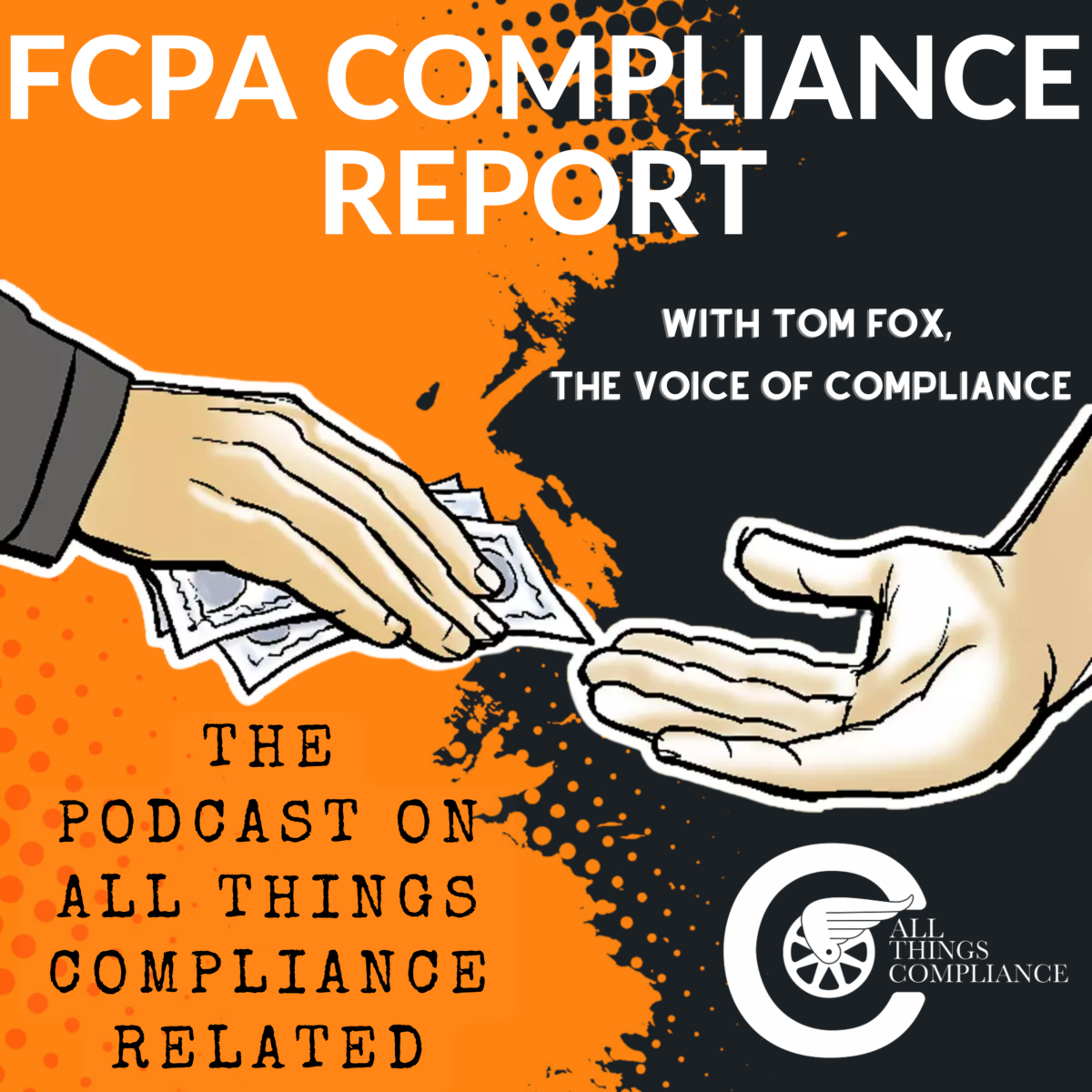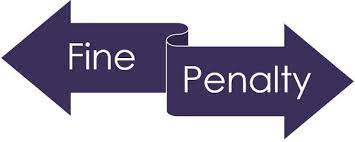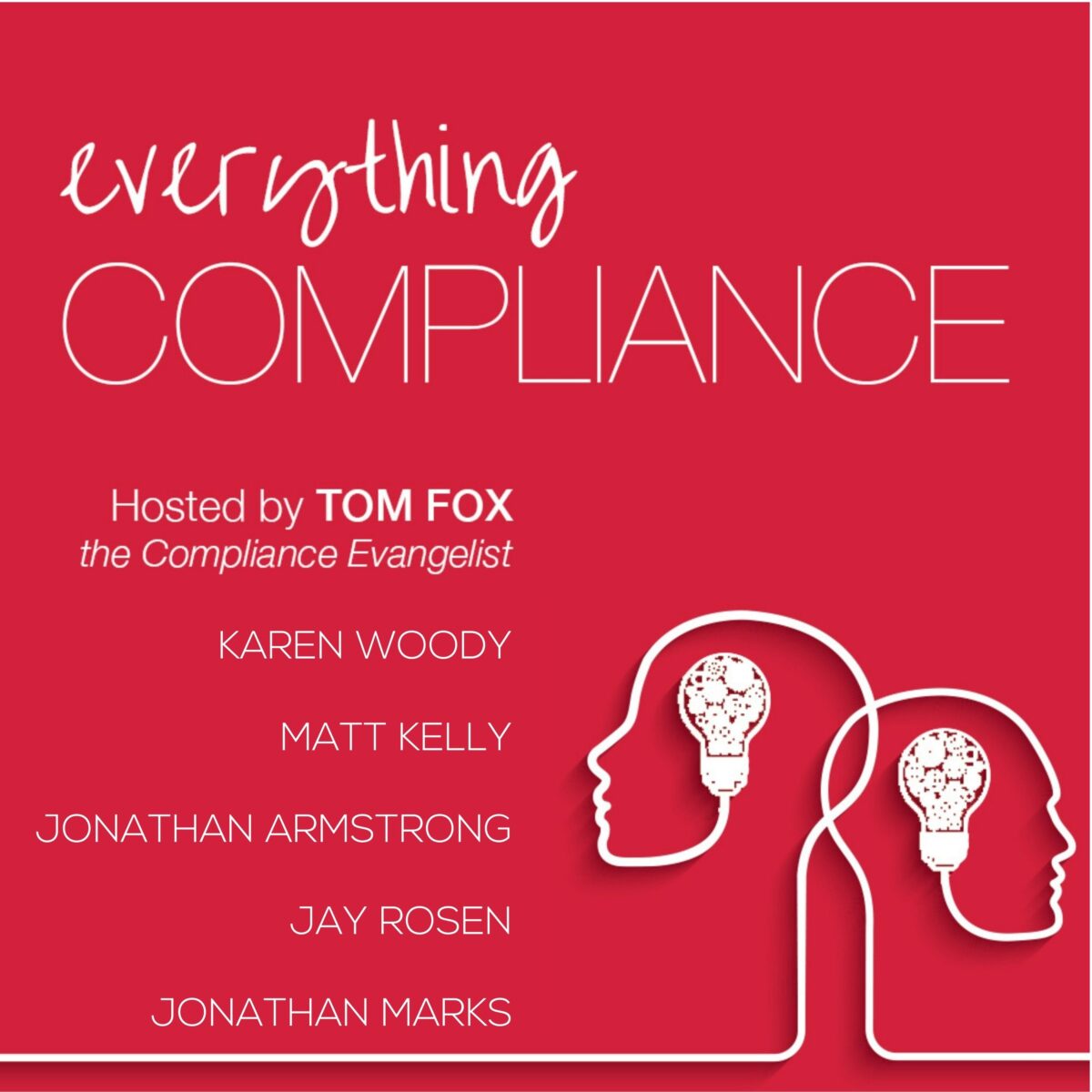The role of the CCO has steadily grown in stature and prestige over the years. In the 2020 FCPA Resource Guide, 2nd edition, under the Hallmarks of an Effective Compliance Program, it focused on whether the CCO held senior management status and had a direct reporting line to the Board, stating:
In appraising a compliance program, DOJ and SEC also consider whether a company has assigned responsibility for the oversight and implementation of a company’s compliance program to one or more specific senior executives within an organization. Those individuals must have appropriate authority within the organization, adequate autonomy from management, and sufficient resources to ensure that the company’s compliance program is implemented effectively. Adequate autonomy generally includes direct access to an organization’s governing authority, such as the board of directors and committees of the board of directors.
This Hallmark was significantly expanded in both the 2023 ECCP and the FCPA Corporate Enforcement Policy. And in so doing, the DOJ has increased the prestige, authority and role of both the CCO and corporate compliance function. The 2023 ECCP has five general areas of inquiry around the CCO and corporate compliance function. (1) How does the CCO salary and stature within the organization compare to other senior executives within the company. (2) What are the experience and stature of the CCO with an organization? Does the CCO have appropriate training for the role? (3) How much autonomy does the CCO have to report to the Board of Directors? How often do the CCO meet with directors? Are members of the senior management present for these meetings with the Board of Directors or of the Audit Committee? (4) What is your structure? Is the compliance function run by a designated chief compliance officer, or another executive within the company, and does that person have other roles within the company? (5) Is data in your organization so siloed that the CCO does not have access to it? If so, what are you doing about it?
In the 2023 Update to the FCPA Corporate Enforcement Policy, the DOJ these factors out as follows: 1) The quality and experience of the CCO, such that they can understand and identify the transactions and activities that pose a potential risk; 2) The authority and independence of the CCO; 3) The compensation and promotion of the CCO, in view of their role, responsibilities, performance, and other appropriate factors; and 4) The reporting structure of any CCO employed or contracted by the company.
All of these factors are enhanced by the CCO Certification requirement, as announced by Kenneth Polite back in 2022. A CCO must certify the effectiveness of a compliance program after a DPA or NPA has been concluded. This requirement will only become more important moving into 2023 and beyond. In addition to CCO Certification, the Delaware Court of Chancery’s decision in the case of McDonald’s Corporation and its former Executive Vice President and Global Chief People Officer of McDonald’s Corporation, David Fairhurst in the case In re McDonald’s Corporation Stockholder Derivative Litigation, where for the first time, a Delaware court formally recognized the oversight duties of officers of Delaware corporations.
The court noted that the CCO has a broad scope within an organization. The court stated, “Although the CEO and Chief Compliance Officer likely will have company-wide oversight portfolios, other officers generally have a more constrained area of authority.” The responsibilities of the CCO are wide and sometimes varied. Here the court stated, ““[s]pecific individual(s) within the organization shall be delegated day-to-day operational responsibility for the compliance and ethics program. Individual(s) with operational responsibility shall report periodically to high-level personnel and, as appropriate, to the governing authority, or an appropriate subgroup of the governing authority, on the effectiveness of the compliance and ethics program.” But the Delaware court also provided CCOs with some additional ammunition in their quest for true influence in a corporation by stating that “to carry out such operational responsibility, such individual(s) shall be given adequate resources, appropriate authority, and direct access to the governing authority or an appropriate subgroup of the governing authority.”
Clearly the DOJ is articulating that it expects true compliance professionals, who understand the way compliance interacts with and supports the business to be in the CCO chair. The days of a law school trained CCO who cannot read a spreadsheet are consigned to the dustbin of non-compliant history. But more than simply compliance professionalism, companies must compensate and promote compliance professionals within their organization. Simply burying someone in the compliance function of a law department because they cannot cut it will no longer suffice.
The DOJ has not taken a formal position on whether a General Counsel (GC) can also be the CCO. However, the language of the FCPA Corporate Enforcement Policy and 2023 ECCP seem to signal the death knell for the dual GC/CCO role. They also signal the larger issue that the CCO should have a separate reporting line to the Board, apart from through the GC. While the DOJ’s stated position that it does not concern itself with whether the CCO reports to the GC or reports independently, it is more concerned about whether the CCO has the voice to go to the CEO or Board of Directors directly not via the GC. Even if the answer were yes, the DOJ would want to know if the CCO has ever exercised that right. Yet the 2023 ECCP comes as close to any time previously in articulating a DOJ policy that the CCO be independent of the GC’s office. Therefore, if your CCO still reports up through the GC, you must have demonstrable evidence of both CCO independence and actual line of sight authority to the Board.
Here are some questions you should consider in evaluating this prong. First and foremost, is the CCO a part of the senior management or the C-Suite? Is the CCO part of regular meetings of this group? Who can terminate the CCO—is it the CEO, the Board Compliance Committee or does CCO termination require approval of the entire Board? Most importantly, could a person under investigation or even scrutiny by the CCO fire the CCO? If the answer is yes, the CCO clearly does not have requisite independence.
Additional questions to consider: Who can over-rule a decision by a CCO within the organization? And who is making the decisions around salary and compensation for the CCO? Is it the CEO, the GC, the Board Compliance Committee or some other person or group? Finally, what happens if a CCO initiates an investigation against someone he reports to or sets his salary?
Once again for the compliance professional, the FCPA Corporate Enforcement Policy and 2023 ECCP make the importance of a best practices compliance program even more critical. The DOJ is focusing more on the role, expertise and how the compliance function is treated within an organization. Pay your CCO considerably less than your GC? You may now better be able to justify that discrepancy. If you have a legal department budget of $3 million and a compliance department budget of $500,000; you are starting behind the eight-ball.













